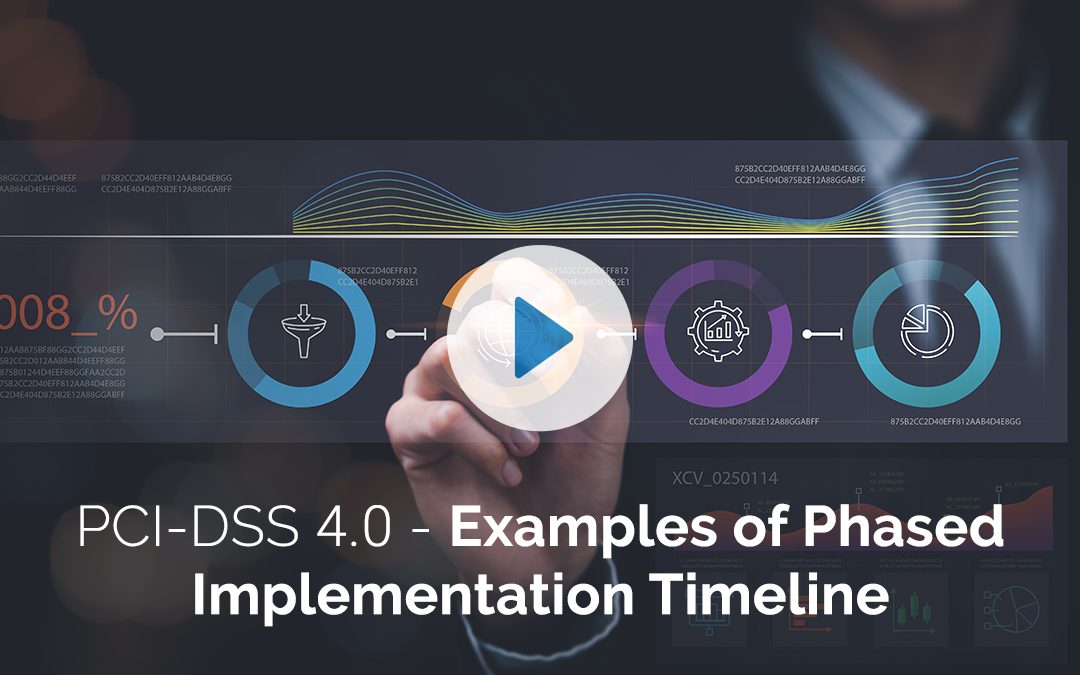-
Phased Implementation Timeline
The phased implementation timeline in PCI-DSS 4.0 acknowledges the need for organizations to have sufficient time to understand, plan and implement the significant changes introduced in the new standard. This approach is designed to ensure that organizations can maintain compliance while transitioning to the enhanced security requirements. Here are specific examples of how a phased implementation timeline might be structured and applied:
Example 4:
Staggered Deadlines for Service Providers
Implementation Strategy: Recognizing the critical role that service providers play in the payment ecosystem, specific deadlines might be established for these entities to meet the new requirements. This could include staggered deadlines for implementing enhanced reporting, increased testing, or additional security controls, ensuring that service providers have adequate time to adapt their operations without compromising the security of cardholder data.
Example 5: Support and Guidance for Compliance
Implementation Strategy: Throughout the transition period, the PCI Security Standards Council and industry bodies may offer additional guidance, tools, and training to support organizations in understanding and implementing the new requirements. This could include workshops, webinars, and detailed guidance documents that provide insights into compliance strategies for the updated standard.
Example 6:
Phased Approach for Emerging Technologies
Implementation Strategy: For new payment technologies or innovative security solutions, a phased approach to compliance might be adopted. Initially, guidance could be provided on best practices for securing these technologies, with formal requirements introduced in subsequent updates to the standard, giving organizations time to experiment with and securely integrate these technologies into their payment processing environments.
These examples illustrate how to phased implementation timeline facilitates a structured and manageable transition to PCI-DSS 4.0, allowing organizations to align their security practices with the updated requirements without disrupting their operations. This approach helps ensure that the enhancements introduced in the new standard are implemented effectively, ultimately strengthening the security of the payment card industry.





